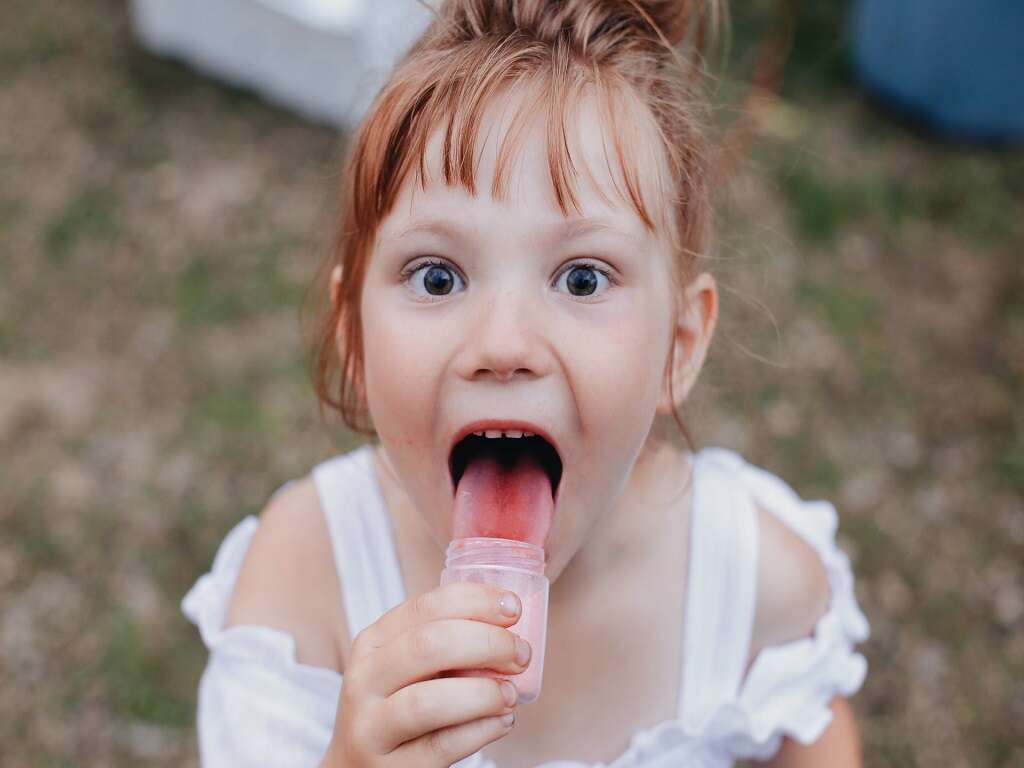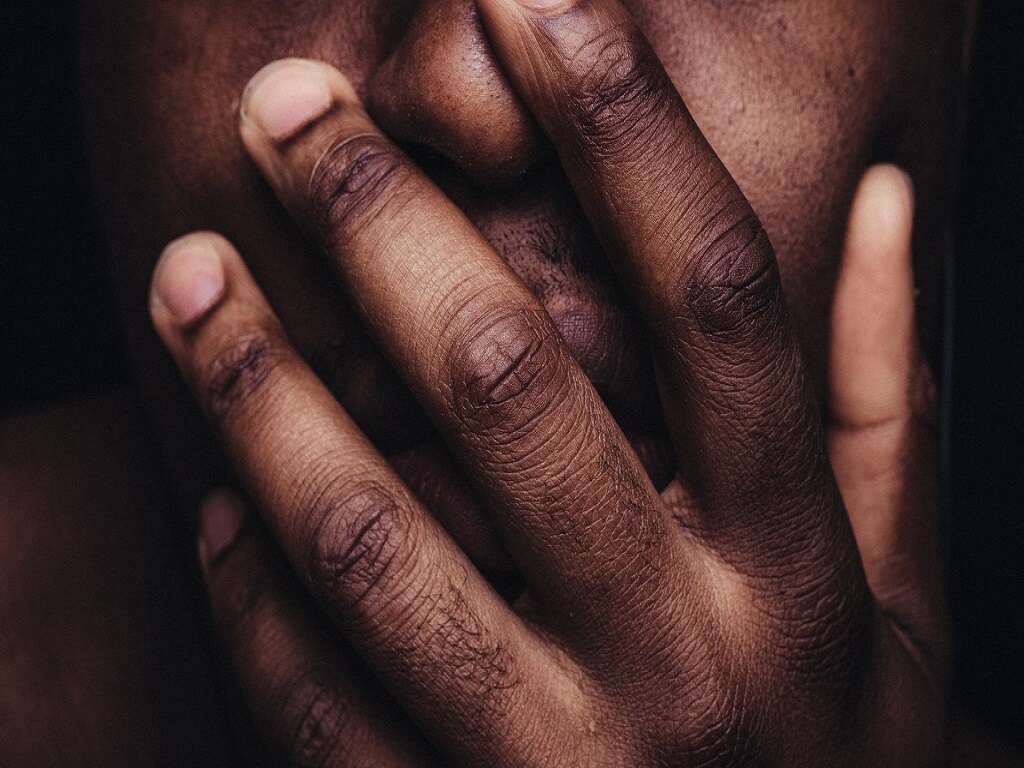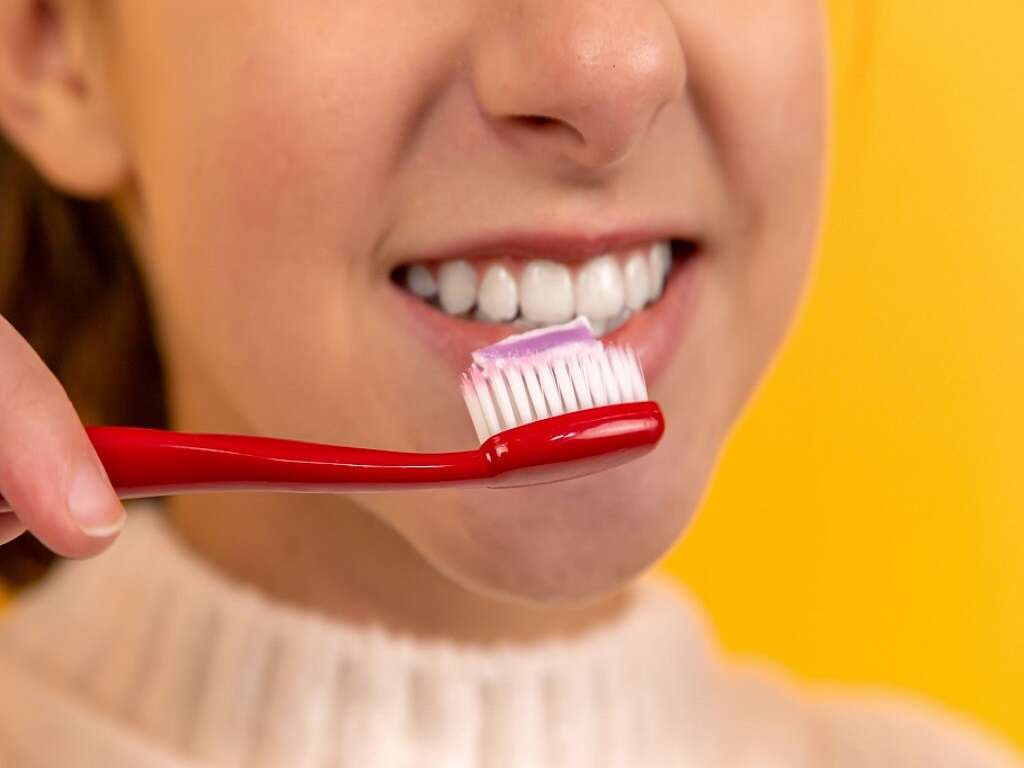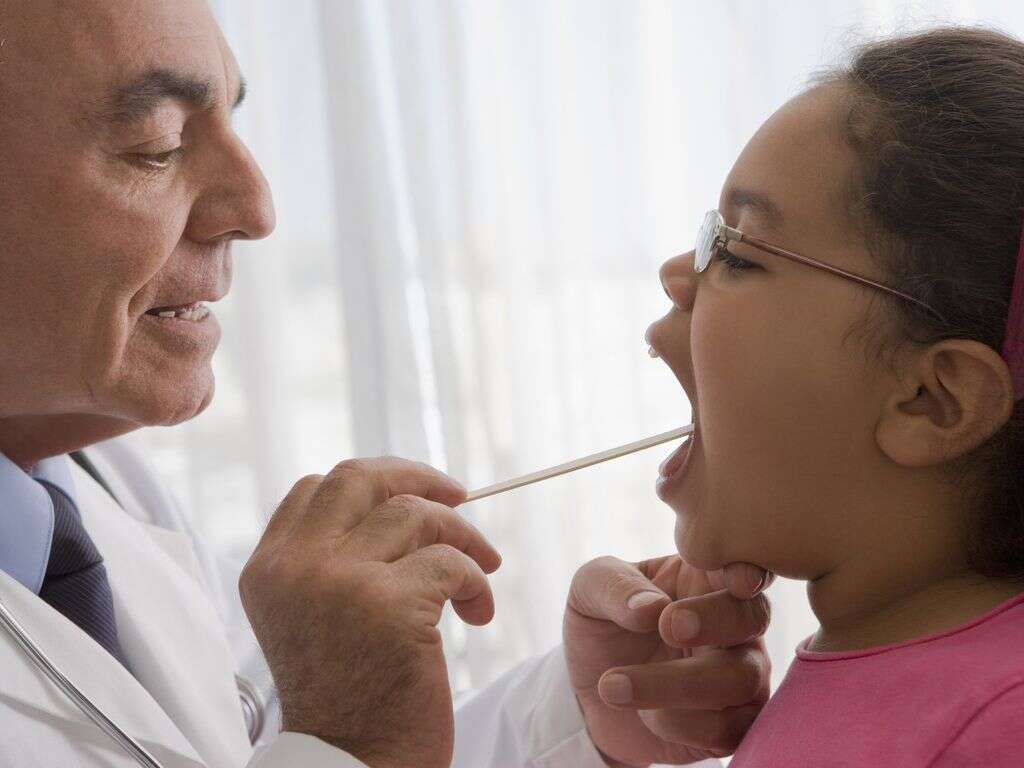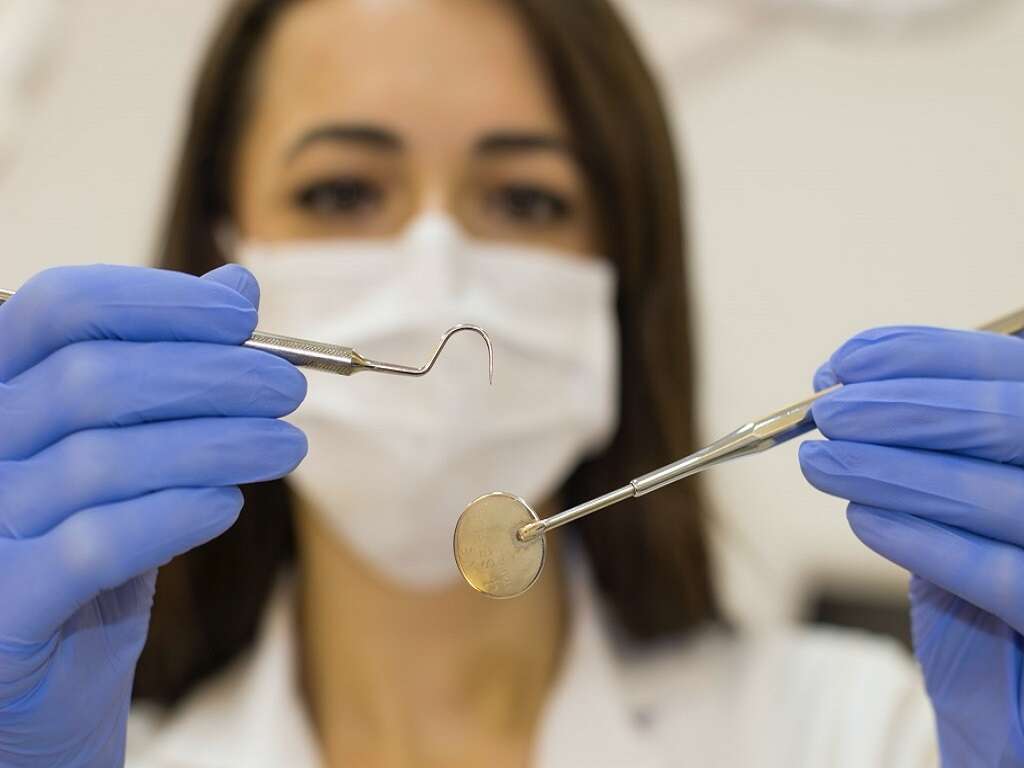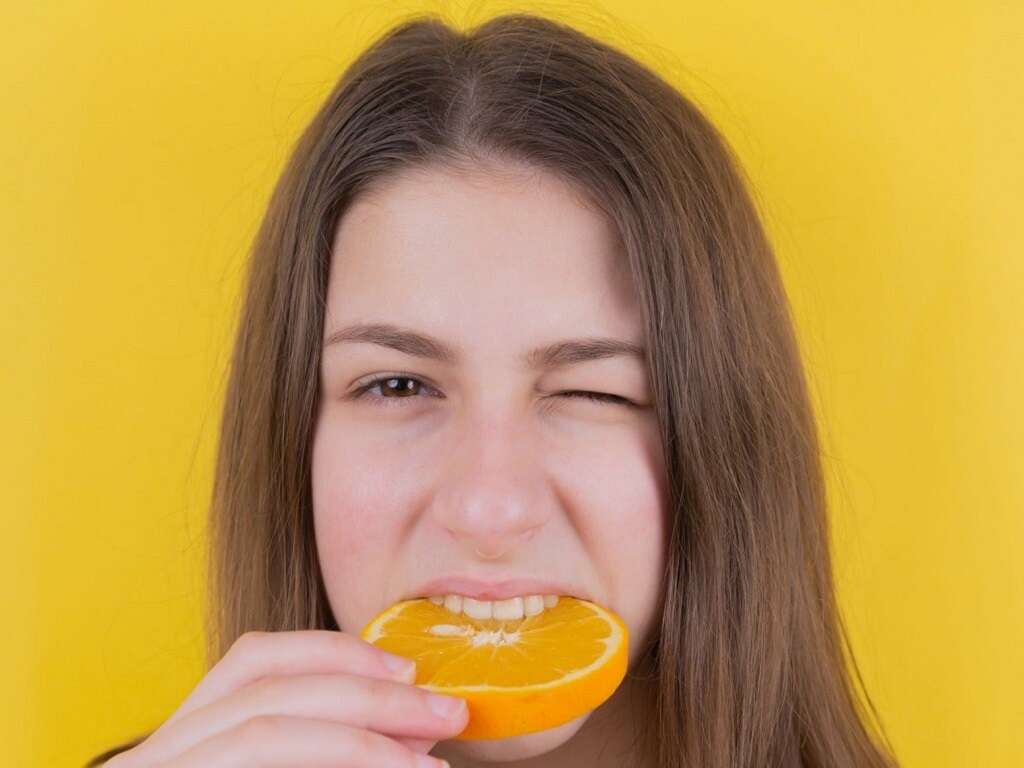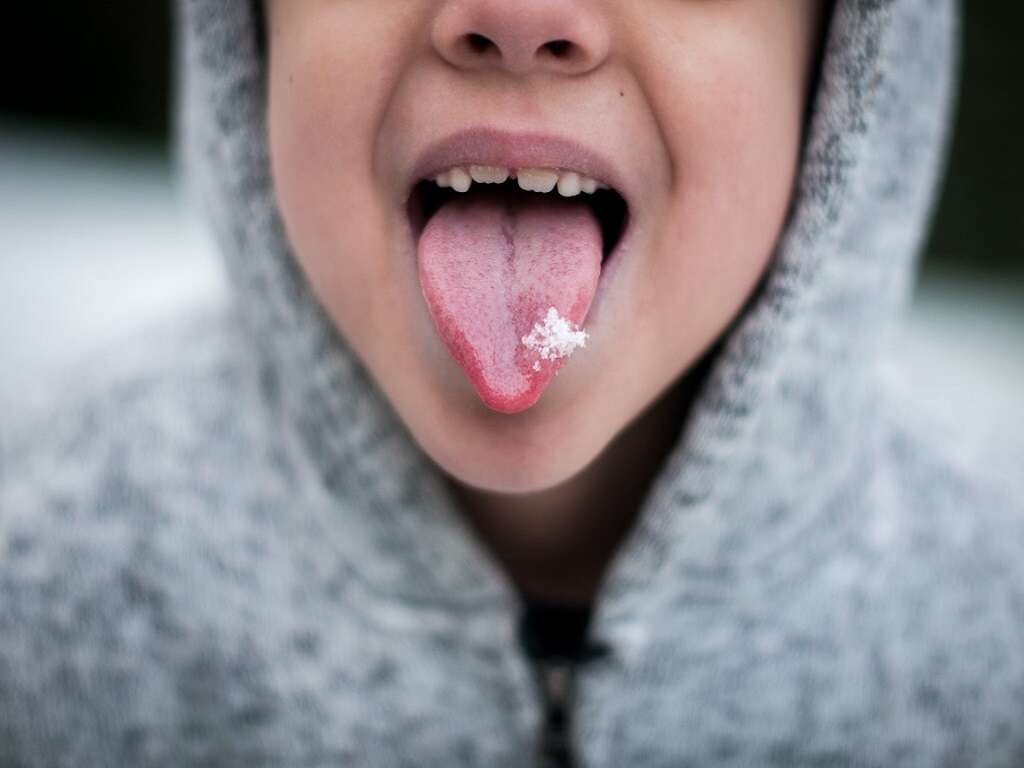Epstein Pearls Causes, Symptoms and More
 Article Sources
Article Sources
- 1. 'Epstein Pearls: MedlinePlus Medical Encyclopedia.' MedlinePlus - Health Information from the National Library of Medicine, 23 Jan. 2020, medlineplus.gov/ency/article/001603.htm.
- 2. Diaz de Ortiz, Laura E., and Magda D. Mendez. 'Epstein Pearls - StatPearls - NCBI Bookshelf.' National Center for Biotechnology Information, 27 June 2020, www.ncbi.nlm.nih.gov/books/NBK493177/.
- 3. Stahl, Ashley. 'New Study: Millennial Women Are Delaying Having Children Due To Their Careers.' Forbes, 1 May 2020, www.forbes.com/sites/ashleystahl/2020/05/01/new-study-millennial-women-are-delaying-having-children-due-to-their-careers/'sh=57f0edc1276a.
Even if parents prepare well for a new baby's arrival, unexpected situations sometimes arise, causing concern or alarm. Finding white bumps in a baby's mouth is one of those surprise discoveries many parents don't anticipate. However, foreign-looking white dots in a baby's mouth are frequently Epstein's pearls, a harmless and common condition in newborns.
The subject of Epstein's pearls isn't usually discussed in parenting books even though it's a condition that appears in 65 to 85 percent of infants from newborn up to six months of age. The good news is Epstein's pearls don't cause discomfort and aren't typically a serious condition.1‘Epstein Pearls: MedlinePlus Medical Encyclopedia.’ MedlinePlus - Health Information from the National Library of Medicine, 23 Jan. 2020, medlineplus.gov/ency/article/001603.htm.
1. What Are Epstein’s Pearls?
Epstein's pearls, also known as gingival cysts, are small whitish-yellow bumps found inside a baby's mouth. These tiny cysts contain keratin, a protein found naturally in hair, skin and nails and may appear on an infant's gums or the roof of their mouth.
When these little white bumps are found on the baby's gums, they may seem like baby teeth emerging from under the skin. Parents may notice Epstein's pearls on the roof of their baby's mouth when they cry or yawn. Although it's disturbing to find these white bumps in a baby's mouth, they're usually easy for a pediatrician to identify.
2. What Causes Epstein’s Pearls?
As the roof of an unborn baby's mouth forms, the upper jaw and upper palate meet halfway and fuse, creating the nasal cavity. During this process, layers of skin can get trapped between the palate and nasal cavity area, forming cysts.
In 1880, Alois Epstein, a pediatrician in Prague, discovered these small nodules in newborns. Through the years, other physicians documented multiple cases of these cysts. By 1967, Alfred Fromm had identified several palatal cysts and classified all the types, including Epstein's pearls.2Diaz de Ortiz, Laura E., and Magda D. Mendez. ‘Epstein Pearls - StatPearls - NCBI Bookshelf.’ National Center for Biotechnology Information, 27 June 2020, www.ncbi.nlm.nih.gov/books/NBK493177/.
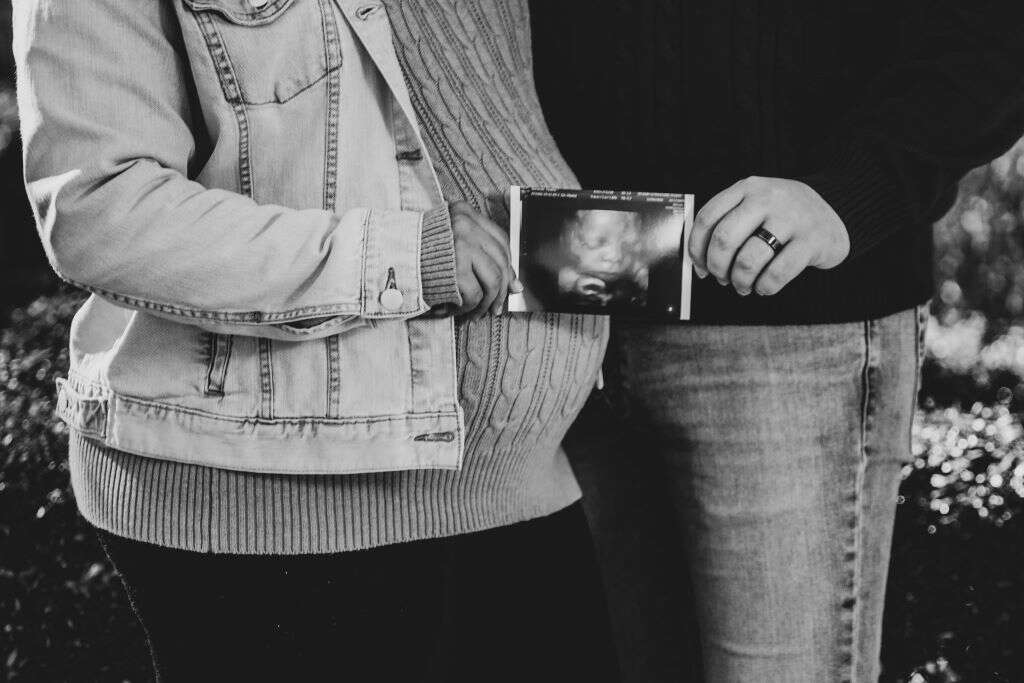
3. Characteristics of Epstein’s Pearls
Epstein's pearls may appear alone or in clusters of two to six cysts and average three millimeters in diameter. They often occur in babies born with a high birth weight or from Japanese, White, and Black families.
Epstein's pearls are also typical in pregnancies that progress past the due date and when the expectant mom is older than the average birth age. Forbes magazine reports the average age of women in America that wait to have a baby is 26, up from 21.3Stahl, Ashley. ‘New Study: Millennial Women Are Delaying Having Children Due To Their Careers.’ Forbes, 1 May 2020, www.forbes.com/sites/ashleystahl/2020/05/01/new-study-millennial-women-are-delaying-having-children-due-to-their-careers/’sh=57f0edc1276a.
4. Do Epstein’s Pearls Require Treatment?
Typically, Epstein's pearls don't require treatment. They usually dissolve over a few weeks. Mothers can give their baby a teething toy to help break down the cysts. The friction from breastfeeding or drinking from a bottle may also help dissolve the cysts.
It's recommended to make an appointment with the baby's pediatrician to examine any bumps in their mouth. The pediatrician may not need to do any testing to diagnose Epstein's pearls. Still, it's important to rule out other conditions.
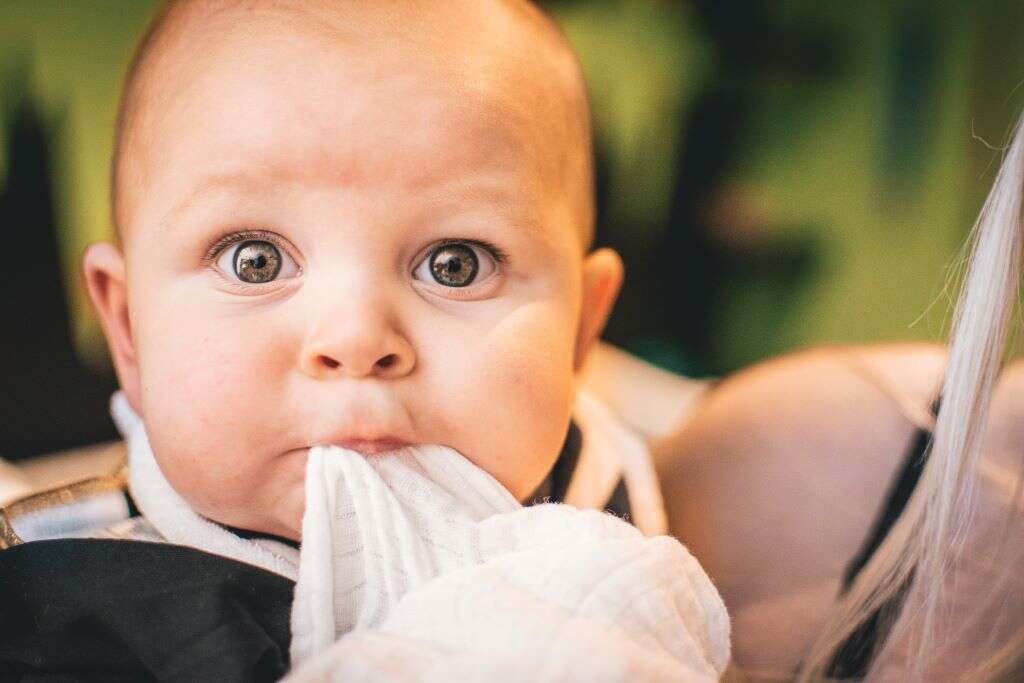
5. Confusing Epstein’s Pearls With Thrush
White spots from Epstein's pearls may look very similar to thrush. Oral thrush is a fungal infection that occurs when tissue in the baby's mouth gets infected. Symptoms of thrush include a white film and bumps on the baby's tongue, the inside of their cheeks and the roof of their mouth. Oral thrush isn't usually serious but can cause difficulty with feeding.
When white bumps appear, having a pediatrician rule out thrush is a good idea. Oral thrush requires treatment to prevent it from spreading.
6. Confusing Epstein’s Pearls With Hand, Foot, and Mouth Disease
Hand, foot and mouth disease is common for children under five years of age. It's a virus that causes sores and blisters on the hands, feet and inside the mouth. Hand, foot and mouth disease usually resolves in a few days, but it can make it difficult and painful for a baby to drink or breastfeed, and they may become dehydrated.
Because hand, foot and mouth disease may mimic Epstein's pearls, a pediatrician should examine the baby to make an accurate diagnosis.
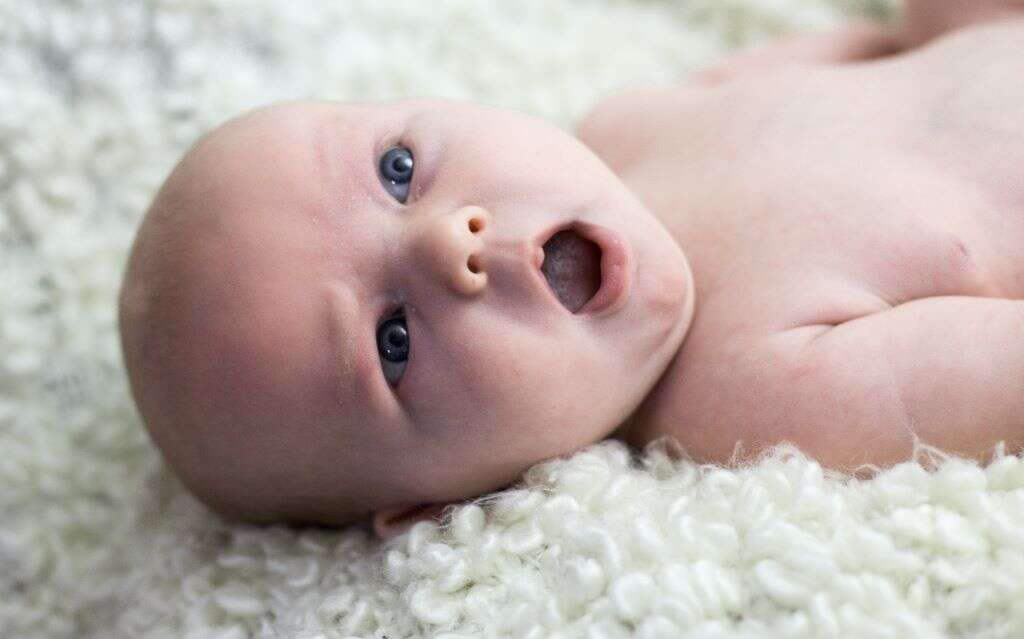
7. Can an Expectant Mom Prevent Epstein’s Pearls?
Epstein's pearls develop while a baby grows in the womb and occur in four out of five pregnancies. They don't typically indicate any other problems with the baby, and an examination by a pediatrician can confirm this. There is nothing an expectant mom can do to prevent Epstein's pearls.
Even though seeing these cysts in a baby's mouth can be unsettling, they should go away within a few weeks. If they remain longer, it's best to bring the baby to their pediatrician for a checkup.
8. Should Epstein’s Pearls Be Popped?
It may be tempting to try and pop or break these whitish-yellow cysts, but as long as a doctor has diagnosed them as Epstein's pearls, they will eventually dissolve. Intervening and popping or rupturing the cysts breaks the skin in the baby's mouth. Broken skin may provide an opportunity for infection to grow.
Any infection in a baby's mouth can spread and worsen and cause the baby to be sick. Because the cysts eventually go away, it's best to leave them alone.

9. Epstein's Pearls or Natal Teeth?
Although Epstein's pearls are common in newborns, isn't not recommended that new moms diagnose them. A pediatrician or other doctor needs to examine any bumps in a baby's mouth to determine what they are.
In some cases, whitish bumps on a baby's gums may be natal teeth, which are teeth present when a baby is born. Although natal teeth are rare, they can look very similar to Epstein's pearls. A pediatric dentist can determine if treatment is needed based on the condition of the teeth.
10. Do Epstein’s Pearls Occur in Older Children or Adults?
True Epstein's pearls occur during fetal development and don't develop in older children or adults. Still, children and adults can develop dental cysts near the root of a damaged or dead tooth. Dental cysts may look very similar to Epstein's pearls. They typically aren't a problem unless they get infected and cause swelling and pain.
Children and adults who have bumps in their mouths that look like Epstein's pearls should be seen by a doctor or dentist for an examination and diagnosis.




